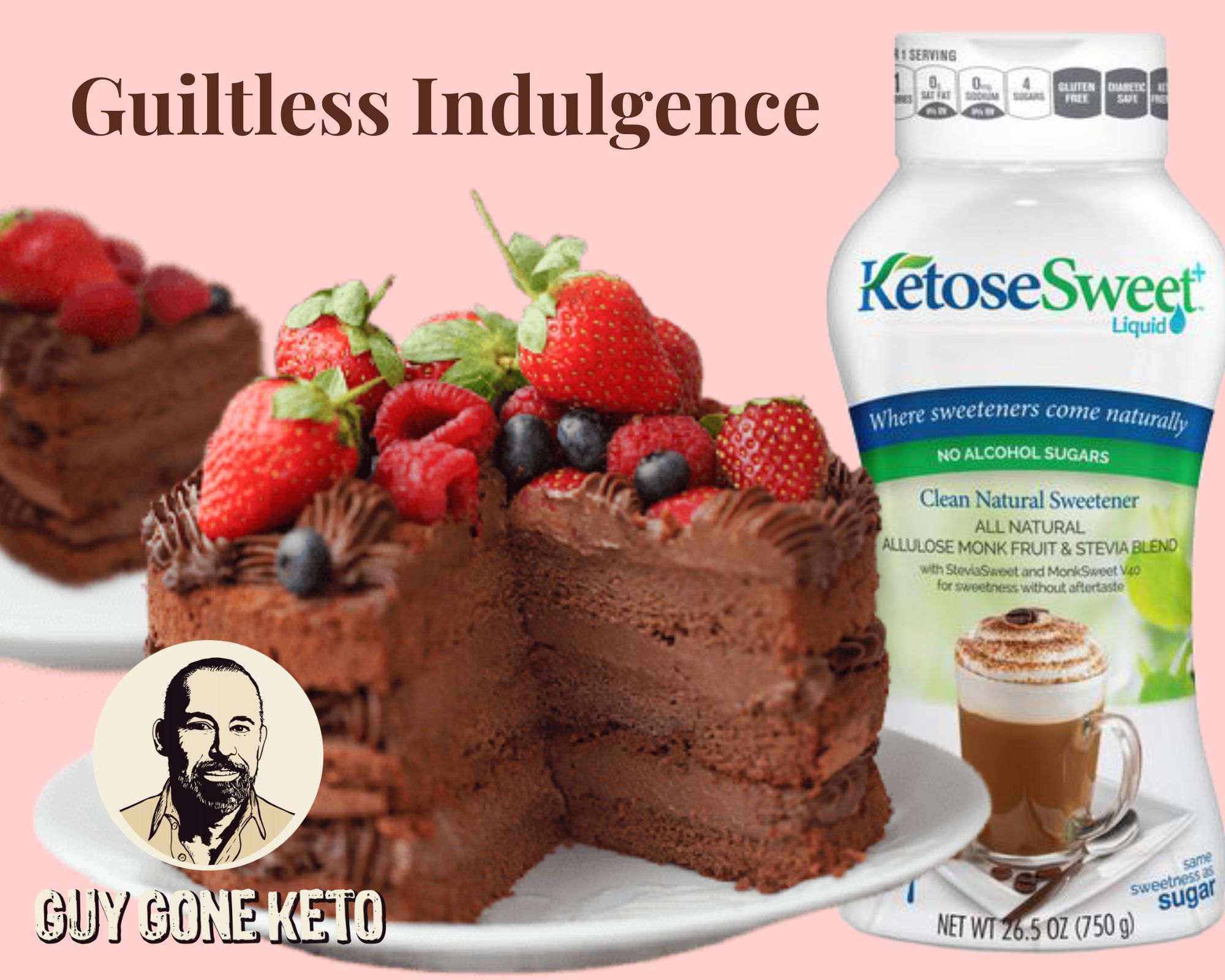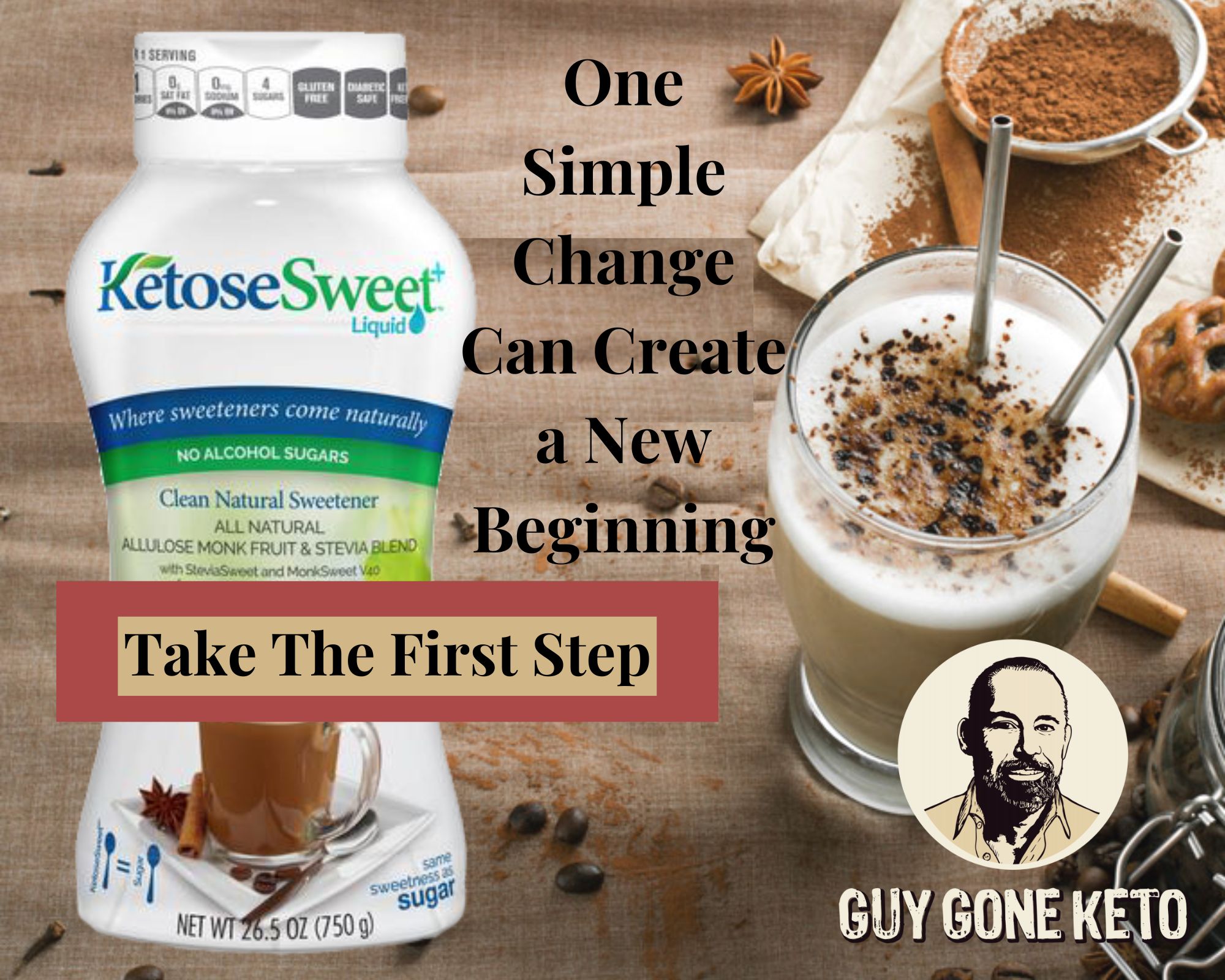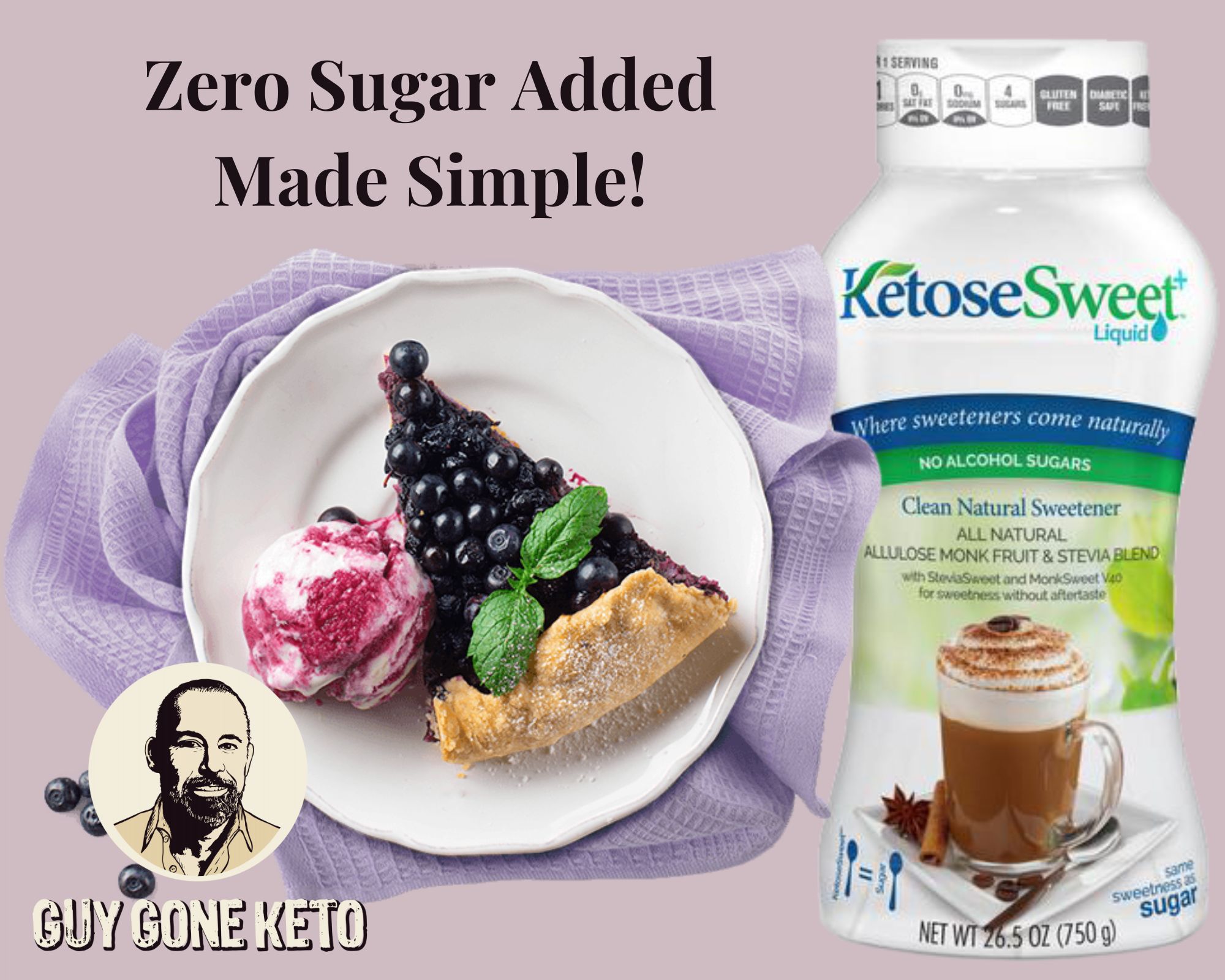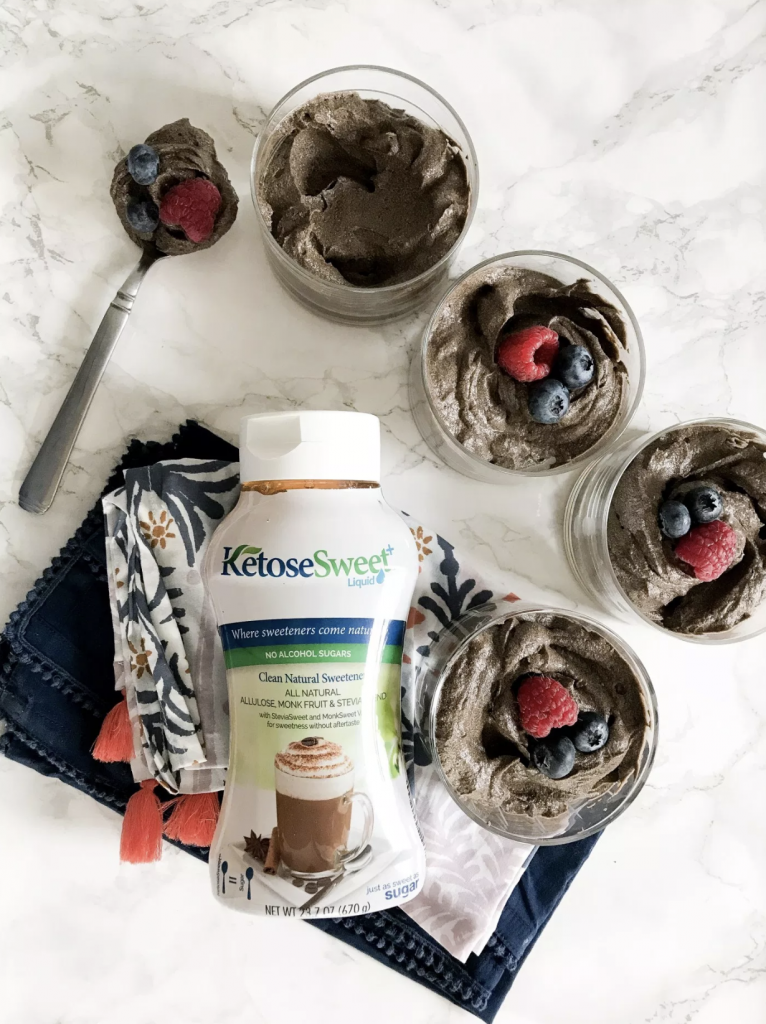Sponsored Content: Guy Gone Keto Participating in the Keto Food & Beverage Session 10/11/2022
.png)
We are excited to have Guy Gone Keto participating in the Keto Food & Beverage Session October 12 - 14, 2022!
Thom King, the best-selling author and founder of Guy Gone Keto, began his experience with the promise of adding “savory healthy ingredients” with fresh, creative, innovative menu options for people with dietary restrictions. With a foundation in nutritional science, he and his team have formulated healthy ketogenic solutions that anyone can incorporate into their cooking or experiment — all to stay healthy and even lose weight.
What is KetoseSweet+?
KetoseSweet+ is a safe, non-caloric, non-glycemic sweetener that delivers a familiar taste and texture without affecting blood sugar levels or knocking you out of ketosis. It contains allulose—a rare natural sugar found in maple syrup, figs, and raisins—that has just 5% of the calories of regular sugar, as well as stevia and monk fruit (2 other non-caloric sweeteners). KetoseSweet+ is free of off-notes, bitterness, and the potential health concerns of artificial sweeteners. It’s safe for anyone following an ultra-low sugar diet. Plus, allulose has been shown to enhance fat metabolism and may help achieve and maintain healthy body weight.
- Versatile low-calorie sweetener.
- Caramelizes and browns just like sugar.
- Ketogenic and paleo friendly. Diabetic safe.
- Dissolves easily in hot or cold beverages.
- Great for cooking and baking.
- Use just like you would sugar.
The FDA requires allulose to be listed in the sugars section on the nutrition facts panel. However, allulose isn’t metabolized like sugar, so it does not raise blood glucose levels. Allulose is great in baked goods, beverages, sauces, and condiments because, unlike other sweeteners, it is capable of browning, melting, and caramelizing.
All About Allulose
Allulose is a rare sugar that occurs naturally in wheat, figs, raisins, and jackfruit (5). On a compelling note, brown sugar contains approximately 71.1 mg/100 g allulose—also referred to as D-psicose, a low-energy monosaccharide sugar. It is a C-3 epimer of fructose and has the same molecular formula as fructose and glucose. However, unlike fructose and glucose, allulose is not rapidly digested and absorbed. It passes through the body without being metabolized (2). A study from McGill University found that allulose, “first identified in 1940… was found to have about 70% the sweetness of sucrose, and interestingly, unlike other sugars, was not metabolized and passed out of the body unchanged.” (3). Non-digestible carbohydrates are associated with body weight reduction. Compared to sugar’s 4 calories per gram, allulose has only 0.2 calories per gram. Despite being only 70 percent as sweet, it has the same temporal profile as sugar. Plus, it provides the expected mouthfeel that sugar imparts, leading to a more satisfying flavor without requiring the addition of bulking ingredients.
Marvelous Monk Fruit
There’s a new food ingredient trending among formulators and consumers alike. Food Processing noted this “fruit of the herbaceous perennial vine Siraitia Grosvenorii, native to southern China and northern Thailand… called by several names, including Luo Han Guo, Buddha Fruit or, more recently, Monk Fruit…” to be “the next big sweetener to hit the market.” (4). Originally used in traditional Chinese medicine, monk fruit has often been used to treat diabetes—with the extract around 150-200 times sweeter than sugar. Because monk fruit is able to stimulate insulin without raising glucose, it effectively lowers overall blood glucose levels, rather than increasing levels like some other sweeteners (1). Monk fruit gets its sweetness from antioxidant mogrosides. These mogrosides are metabolized differently by the body than other sugars—creating a low to no-calorie alternative sweetener.
Perfect Pairings
KetoseSweet+ with Monk Fruit combines allulose and monk fruit extract in a delectable, sweet symphony. This pairing gives developers a natural tool that imparts a tasting experience most like sucrose. This is revolutionary because sugar has a temporal profile that is not only the standard by which sweeteners are judged but is also exceptionally hard to replicate when using high-intensity, low-calorie sweeteners.
The secret to success in this sweetener is an extraordinary ingredient, allulose! When combined with monk fruit at optimum levels, the effect is synergistic. KetoseSweet+ with Monk Fruit provides a neutral flavor profile with balanced sweetness, providing a taste and texture similar to sucrose. This custom sweetening system has moisture-binding attributes, which contribute to the product’s shelf stability. Unlike other sweeteners, KetoseSweet+ with Monk Fruit is able to brown and caramelize—adding a golden hue to breads, rolls, cookies, condiments, and sauces.



Sources
1. McNew, Aimee. “Monk Fruit: What Is It & Is It Keto Friendly?” Ketogenic.com, Ketogenic, 15 Apr. 2021, https://ketogenic.com/monk-fruit/.
2. Mengying, Hu, et al. “Bioproduction of D-Allulose: Properties, Applications, Purification, and Future Perspectives.” Comprehensive Reviews in Food Science and Food Safety, U.S. National Library of Medicine, 19 Oct. 2021, https://pubmed.ncbi.nlm.nih.gov/34668314/.
3. Schwarcz, Joe. “The Allure of Allulose.” Office for Science and Society, McGill University, 11 Mar. 2022, https://www.mcgill.ca/oss/article/health-and-nutrition/allure-allulose.
4. “Understanding Monk Fruit: The Next Generation Natural Sweetener.” Edited by Mark Anthony and Dave Fusaro, Foodprocessing.com, Food Processing, 3 Dec. 2012, https://www.foodprocessing.com/articles/2012/understanding-monk-fruit/.
5. “What Is Allulose & What Is It Made From?” Allulose: Low Calorie Sweetener, Calorie Control Council, 30 Oct. 2019, https://allulose.org/allulose-info/about-allulose/.

